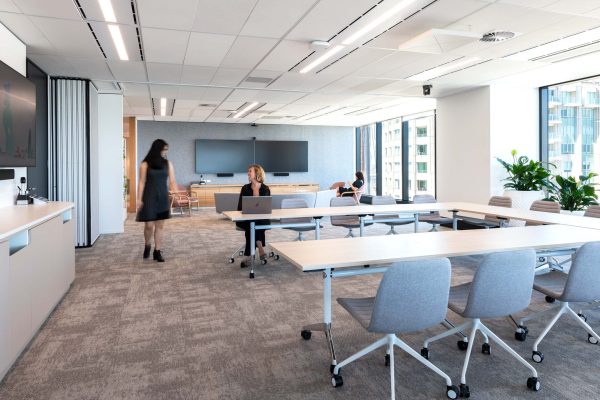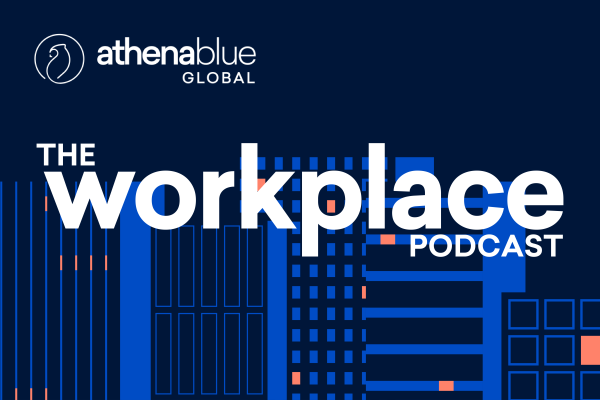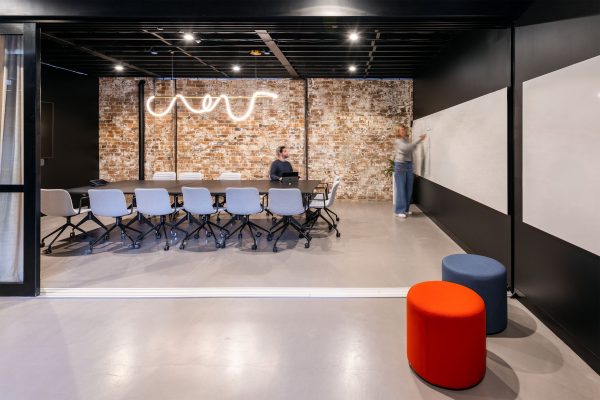Traditionally, data driven workplace metrics focused on the metrics that matter to workplace management, often overlooking what employees observe as important to them. . Corbett stressed the importance of shifting the focus towards measuring the performance of the workplace in it’s ability serve the user. By utilising smart data smartly, organisations can gain insights into employee patterns of preferences, enabling them to make data-driven decisions to enhance workplace efficiency, very quickly. Unlike the pitfalls of data latency, currently associated with the use of workplace metrics, real-time metrics offer the potential to provide more relevant and actionable insights , allowing the workplace to react to the employee’s preferences and patterns, rather than the employee being limited by the limitations of their workplace. More importantly, if done right, real time data can be used to adjust the workplace’s response to ever changing utilization patterns, without having to rely on expensive office redesign or physical re-configuration.
Technology has the power to revolutionise workplace efficiency and smooth out the gaps emerging between utilization expectation and utilization reality. Similar to the evolution of warehousing and logistics with automation and efficient inventory management, the workplace of the future can benefit from intelligent data strategies that streamline operations, adapt to changing needs, and maximise productivity. It is crucial for organisations to stay agile and embrace emerging solutions that enhance workplace efficiency as technology continues to advance. It’s just as important to architect this opportunity and avoid the pitfalls we are observing in many workplaces, with a patchwork of unsynchronised and disparate workplace and workplace technology strategies. In some instances, while one technology solves the problem it was intended to, it creates others, that often go unseen, but have a direct and negative impact on the physical workplace. Remember, the influence of technology on human behaviour, is far greater and more impactful than that of the physical workplace, on its own. Unless they are cross-architected, one will likely compete with the other, if not immediately, over time.

Corbett highlighted the need for organisations to develop strategies to respond to ongoing technological disruptions and influences. The pace of technological advancements demands a proactive approach to stay ahead of the curve. Relying on outdated methods and strategies is no longer viable. Instead, organisations must encourage r a culture of innovation and continuous curiosity by learning from the success of adjacent industries, particularly those that have successfully weathered the disruption storm. . Staying informed about emerging trends (particularly those that are influenced or impacted by technology) and being open to new possibilities, enables organisations to proactively navigate the evolving technologically infused workplace landscape successfully.
A key takeaway from Corbett’s insights is the importance of understanding the complexity of next generation workplace challenges. Superficially addressing workplace problems in the moment, is insufficient. To drive meaningful change, organisations must invest time and effort into comprehending the intricacies of the issues at hand, that go beyond just the physicality of the workplace but include the increasing influences of workplace. By doing so, they can develop comprehensive strategies that address the root causes, and get their workplaces into the slipstream of technology to create sustainable, resilient outcome based solutions that benefit both the organisation and its employees.
In many instances, technology has made this easier and we want to avoid over thinking it, which is (unfortunately) often the case with many workplace strategies. The young man sitting in a rural village in India using Facebook versus the corporate executive sitting in his New York Stock Exchange corner office also using Facebook, have a lot more in common than we take for granted!
At Athena Blue Global, we help leaders develop a wholistic approach to workplace technology, ensuring they are utilising the best approach for their workplace needs, from personal devices to audio visual technology, security to smart building technology. If you would like to discuss your technology strategy, please get in touch with us here.





